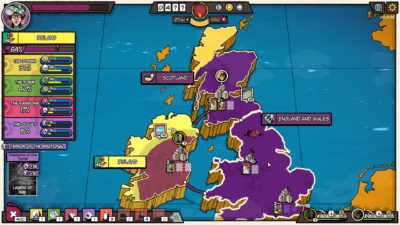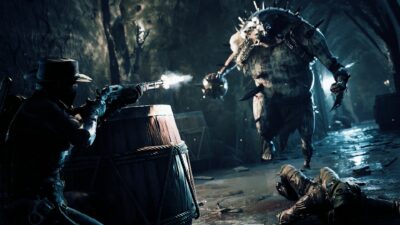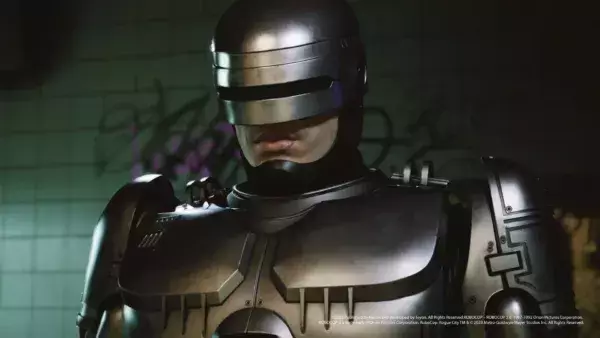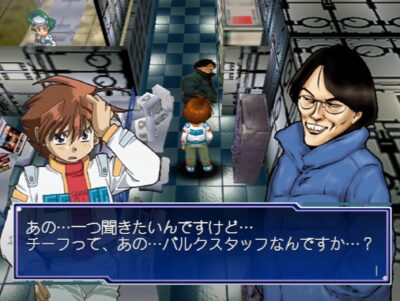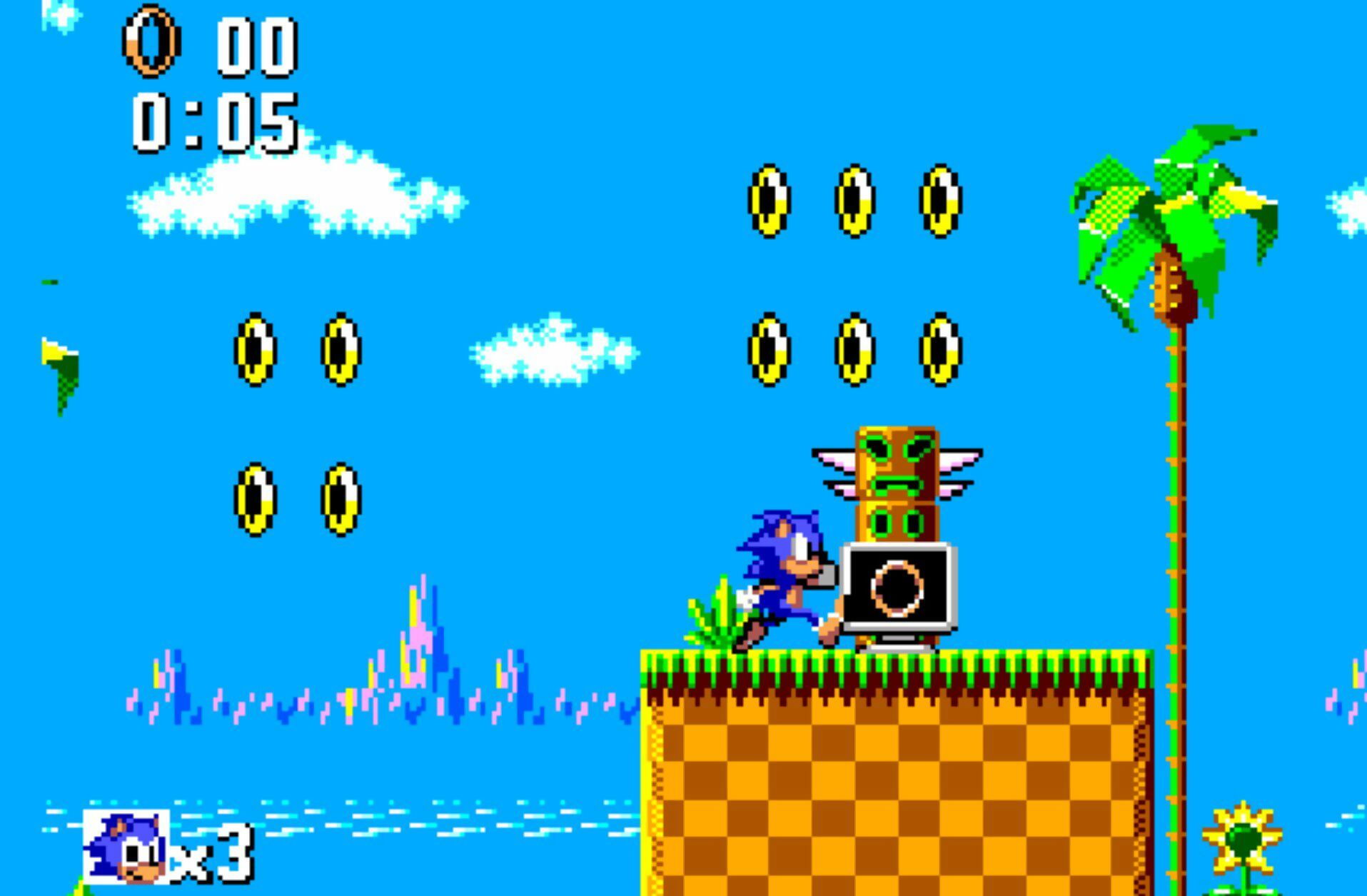
With his quintessentially nineties attitude, Sonic the Hedgehog was the mascot that helped shift countless Sega Mega Drives. But while Sonic’s 2D heyday is bound up with the 16-bit console on which he first appeared, the lesser-known 8-bit versions were remarkably good. It could even be argued that the Sonic that appeared on the Master System and Game Gear was (whisper it) better in some ways than the 16-bit version.
The 8-bit Sonic games also have a fascinating development story behind them. When Sega was still deep in production on the Mega Drive version, the company clearly knew it had a bankable character on its hands, since it made plans to adapt the game for its other consoles. This wasn’t a small undertaking, either, since the Master System was a six-year-old system by 1991, while the Game Gear essentially offered up a handheld version of the same ageing hardware. Given that the Mega Drive Sonic was about to be sold on its blinding turn of speed, the 8-bit ports would have to be carefully retooled to fit the Game Gear’s lesser processing power.
Rather than tackle that problem in-house, Sega decided to outsource the making of 8-bit Sonic – and for this task, the firm turned to none other than composer Yuzo Koshiro. By 1991, the 22-year-old was already a familiar name to most Sega owners, having made his Sega Mega Drive débuts with the music for The Revenge of Shinobi and Streets of Rage. Unusually, Koshiro’s name was placed on those games’ title screens, so players would know who’d crafted those banging EDM-style soundtracks.

Yuzo Koshiro: genius composer and unsung hero behind the 8-bit Sonic games.
Koshiro had little direct experience as a game developer in 1991, yet he still managed to convince Sega to let him handle Sonic’s port to the Game Gear. To work on the project, Koshiro set up his own studio, Ancient – a tiny outfit that comprised Koshiro’s mother, Tomo, and sister, Ayano. Together, the close-knit team – which included programmer Shinobu Hayashi – set about making their pint-sized Sonic port. “Thinking back on it, it is quite weird,” Koshiro told Polygon’s Jeremy Parish in 2017. “Sonic is a huge property, and I’m not totally sure why they asked us to do it. I imagine at the time, the internal teams at Sega were very, very busy. But they still had to create Game Gear and Master System versions, even though there was nobody in-house to work on them. At the time, there wouldn’t have been many external development companies to work with, and searching for one would have been very difficult.”
To their credit, Koshiro and his team didn’t just ape the Mega Drive version: although the 8-bit Sonic has broadly the same mechanics and enemies, the layouts and level themes are often entirely different. Maps are designed for complexity rather than outright speed – although it’s notable how quickly Sonic moves, even with the systems’ Z80 processor no doubt wheezing away behind the scenes.
Then there’s the music: Koshiro took some of the 16-bit game’s tunes and reworked them for his target platforms’ PSG chip, but also composed entirely new tracks, many of them good enough to rival those penned by Masato Nakamura.

Although shrunk down from its bigger cousin, 8-bit Sonic the Hedgehog contained the same clear blue skies and manic ring collecting.
Sonic the Hedgehog emerged for the Master System in November 1991, while the Game Gear version came out in late December. The latter version, although broadly the same as the Master System’s, made some clever tweaks to compensate for its smaller, lower-resolution screen, such as warning signs that helped prevent players from careening off ledges if they ran through a level too fast. What was clear from both ports was just how much care and effort Ancient put into them: far from quick cash-ins, they were every bit as colourful and playable as their more illustrious counterpart.
Critics at the time agreed: both 8-bit Sonic games were roundly praised, and evidently sold decently (if nowhere near as well as the one for the Mega Drive). The Master System never really took off in Japan, but it was a huge success in such places as Brazil and Europe, and Sonic soon replaced Alex Kidd as the system’s built-in game in those territories. And while precise sales figures for the 8-bit Sonic games are difficult to find 30 years later, they must have at least been solid enough for Sega to make more of them: all told, the Master System and Game Gear received no fewer than eleven sequels and spin-offs over their lifetimes.
The curious thing about those sequels and spin-offs? Koshiro’s studio didn’t make any of them. Instead, they were mostly outsourced to Aspect, which made the 8-bit Sonic 2, Sonic Chaos, Sonic: Triple Trouble, and more besides. Still, Ancient carried on making games, and is still going today: it was credited as co-developer on such games as Streets of Rage 2 and 3, Shenmue, and most recently, the Japan-only Royal Anapoko Academy for the Nintendo Switch. Koshiro’s brush with Sonic was only brief, then, but he and his studio played a pivotal role in getting the mascot’s (blue) ball rolling on 8-bit consoles.
Difficulty Spikes
In an interview for the book Japansoft: An Oral History, Yuzo Koshiro recalls that Sega was remarkably hands-off when it came to the development of the 8-bit Sonic. “For the first stage of Sonic for the Game Gear, we kept in mind the Mega Drive version, but the second and third stages were planned by us. Sega weren’t very strict on what Sonic had to be. After we completed it, Sega asked us to make a version for the Mark III (or Master System).”


